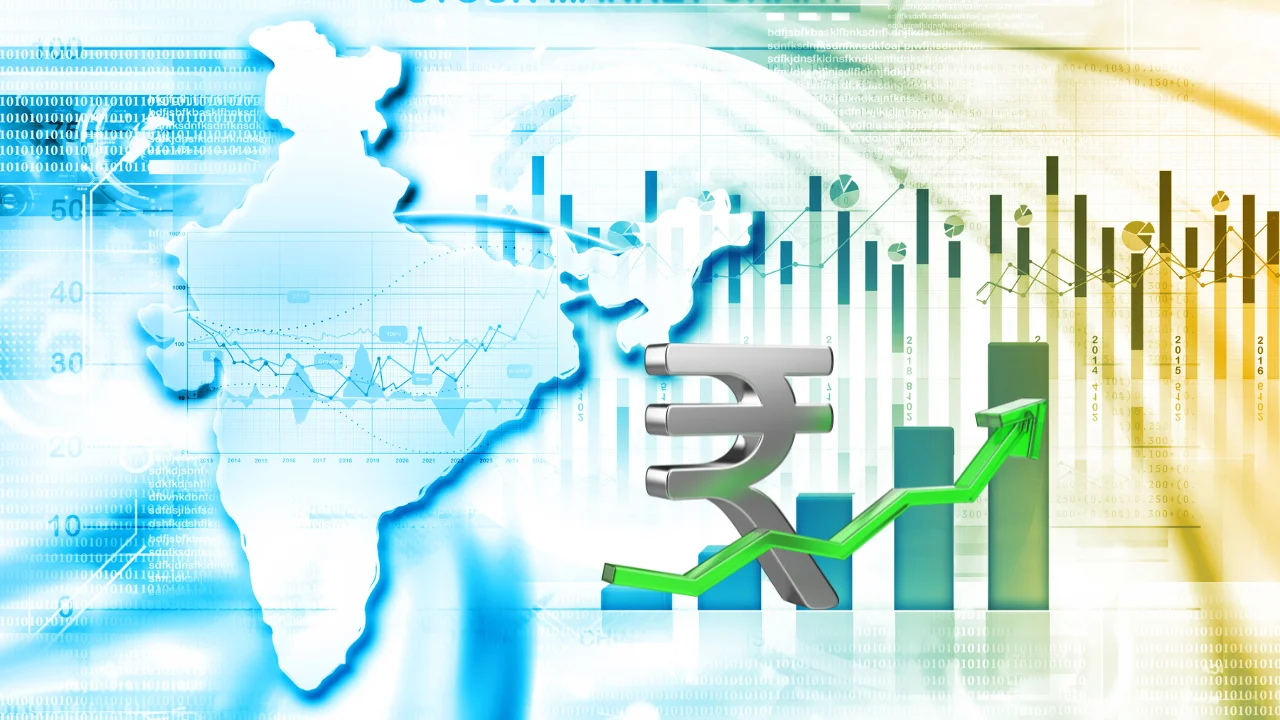According to a recent report from S&P Global Market Intelligence, India’s gross domestic product (GDP) is anticipated to reach $7.3 trillion by 2030. This growth will propel India to become the second-largest economy in the Asia-Pacific region, surpassing Japan. Additionally, by 2030, India’s GDP is expected to exceed that of Germany. As of the end of 2022, India’s GDP had already surpassed the GDP of both the UK and France. Currently, India stands as the third-largest economy in the Asia-Pacific region and the fifth-largest globally, with a projected GDP of $7.3 trillion by 2030.
India is the Fastest Growing Economy
Following two years of rapid economic growth in 2021 and 2022, India’s economy has maintained robust growth throughout the calendar year 2023. Projections suggest that India’s gross domestic product (GDP) is set to grow between 6.2% and 6.3% in the fiscal year ending in March 2024, positioning it as the fastest-growing major economy in this fiscal year. Impressively, India’s economy expanded by 7.8% in the April-June quarter.
India is expected to continue as one of the world’s fastest-growing economies over the next decade, establishing itself as a pivotal long-term growth market for multinational companies across various sectors, from manufacturing (autos, electronics, and chemicals) to services (banking, insurance, asset management, healthcare, and information technology).
Positive Near-Term Outlook
- S&P Global’s report paints a positive short-term economic outlook, indicating a sustained rapid expansion throughout 2023 and 2024. This growth is primarily driven by strong domestic demand.
- The report also underscores the significant influx of foreign direct investments (FDI) into India over the past decade, reflecting the country’s promising long-term growth prospects, supported by a young demographic and increasing urban household incomes.
- According to the report’s forecasts, India’s nominal GDP, measured in USD terms, is expected to climb from $3.5 trillion in 2022 to $7.3 trillion by 2030.
- This substantial expansion will position India as the second-largest economy in the Asia-Pacific region, surpassing Japan.
- India has already exceeded the GDP of the UK and France by 2022, and by 2030, it is anticipated to surpass Germany.
At present, the United States remains the world’s largest economy, with a GDP of $25.5 trillion, representing a quarter of the global GDP. China holds the second-largest position with a GDP of around $18 trillion, making up nearly 17.9% of the world’s GDP. Japan ranks third with a GDP of $4.2 trillion, and Germany is fourth with a GDP of $4 trillion.
Long-Term Growth Drivers
S&P Global outlines several crucial factors driving India’s long-term economic prospects.
- These factors include a rapidly expanding middle class, which stimulates consumer spending, a thriving domestic consumer market, and substantial investments from multinational corporations in various sectors, encompassing manufacturing, infrastructure, and services.
- Furthermore, India’s ongoing digital revolution is poised to accelerate e-commerce growth, reshaping the retail landscape in the coming decade.
- This transformation has attracted global technology and e-commerce giants to invest in India, as noted in the S&P report.
- The report anticipates that by 2030, over 1.1 billion Indians will have internet access, more than doubling from the estimated 500 million internet users in 2020.
- India’s strong inflow of foreign direct investments (FDI), observed over the past five years, continues to gather momentum, even during the pandemic years of 2020-2022.
- Investments from global technology multinational companies (MNCs) and a surge in FDI from manufacturing firms are significant contributors to this growth.
Future Outlook
India is expected to maintain its position as one of the world’s most rapidly growing economies in the next decade. This solidifies its status as a pivotal long-term growth market for multinational companies spanning a wide range of industries, from manufacturing to services, encompassing banking, insurance, asset management, healthcare, and information technology.
- Weekly Current Affairs 2025 PDF For Bank, SSC, UPSC Exams
- Unsung Heroes of India: 10 Unknown Freedom Fighters You Should Know
- 26 December Current Affairs 2023 in English
- Daily Current Affairs 2025, Check Today’s Current Affairs
- April Month Current Affairs 2024, Download PDF
- June Month Current Affairs 2024, Download PDF

Hello, I’m Aditi, the creative mind behind the words at Oliveboard. As a content writer specializing in state-level exams, my mission is to unravel the complexities of exam information, ensuring aspiring candidates find clarity and confidence. Having walked the path of an aspirant myself, I bring a unique perspective to my work, crafting accessible content on Exam Notifications, Admit Cards, and Results.
At Oliveboard, I play a crucial role in empowering candidates throughout their exam journey. My dedication lies in making the seemingly daunting process not only understandable but also rewarding. Join me as I break down barriers in exam preparation, providing timely insights and valuable resources. Let’s navigate the path to success together, one well-informed step at a time.






